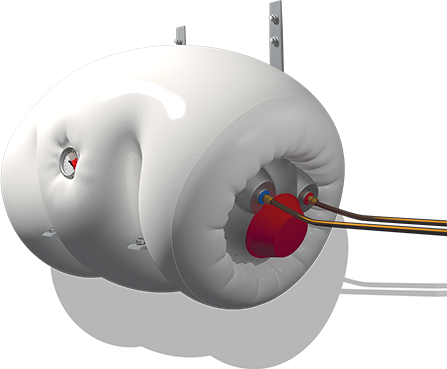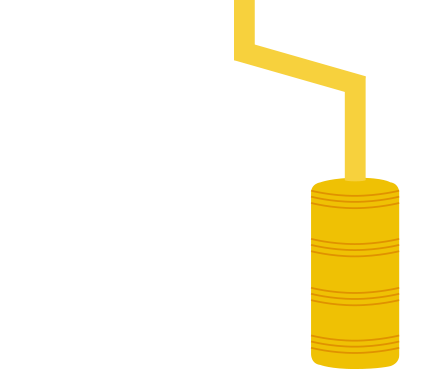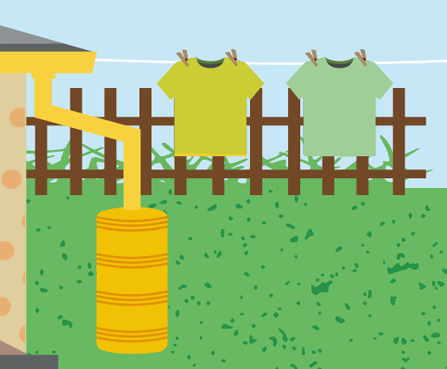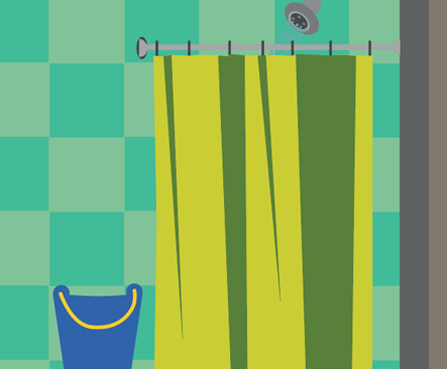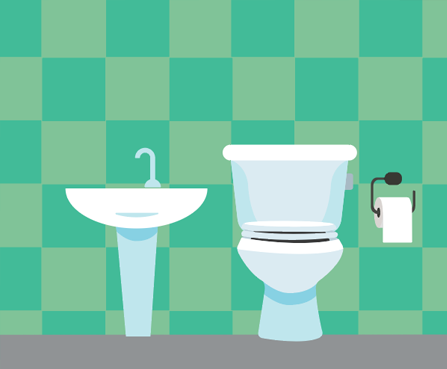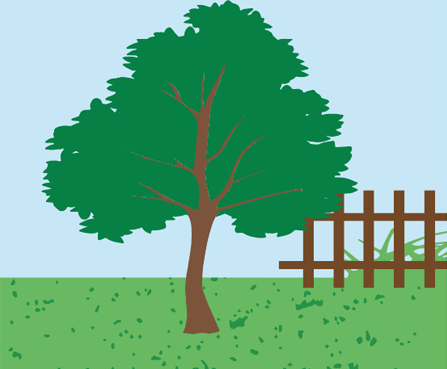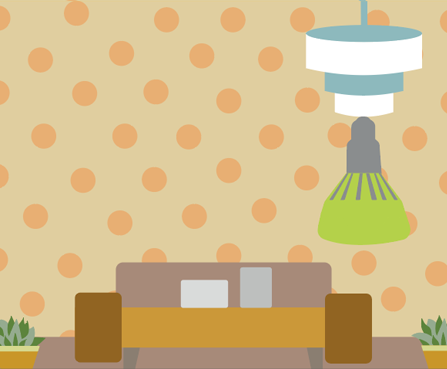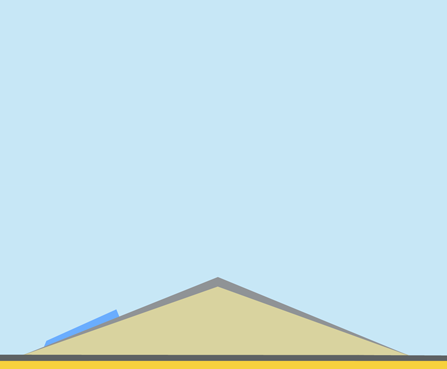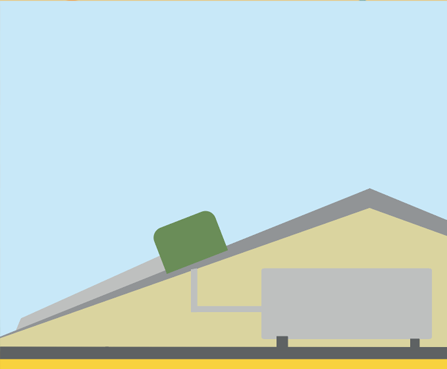Is your Home being a Water and Energy Guzzler?
Use the checklist to see if your home is 110% Green.
Does your property have a rain-water tank?
Saving tip: Rainwater tanks collect rainwater run-off. The use of rain water relieves the stress that would ordinarily have been on the municipal water supply.
Thank you.
Does your property have a grey-water system?
Saving tip: Grey-water is water that has been used elsewhere in the home (such as basins, sinks, washing machines) and is still of sufficient quality to be used again for flushing toilets or watering the garden.
Thank you.
Are the rain-water tank and / or grey-water system plumbed to the garden or toilets?
Saving tip: Potable water should be conserved wherever possible.
Thank you.
Are the taps and showerhead of a low-flow type?
Saving tip: Low-flow taps and shower heads are fitted with aerator nozzles that reduce the flow of water by bringing in air bubbles and turbulence. The requirements for low-flow are that taps use 6 litres or less per minute and showers use 10 litres or less per minute. Water saving of up to 50% is expected. This also reduces your water heating requirements.
Thank you.
Do all the toilets in the house have multi-flush (interruptible) or dual flush systems?
Saving tip: The multi-flush toilet system is preferred as it only releases water for as long as you hold down the handle. Alternatively a dual flush system which allows you to choose between a full and half flush is a good option.
Thank you.
Is your garden water-wise?
Saving tip: A water-wise garden requires less watering, generally with plants which are naturally drought resistant and require little watering once established or plants that easily adapt to the local climate.
Thank you.
Are the hard outside surfaces permeable?
Saving tip: Permeable surfaces allow rainwater to be absorbed into the aquifer rather than being wasted as storm water.
Thank you.
If your property has a pool, does it have a pool cover?
Saving tip: Pool covers can reduce evaporation by up to 90% thereby conserving water needed to top up and reduces filtration/pump time by up to 50% by keeping dirt and other debris out of the pool.
Thank you.
Are your lights energy efficient?
Saving tip: Light-emitting diode (LED) bulbs use 90% less electricity and last up to 25 times longer than incandescent bulbs.
Thank you.
Do you have a solar PV system installed?
Saving tip: Solar Photo Voltaic (PV) panels generate electricity from the sun. The system can be grid-tied to store PV generated electricity for later use.
Thank you.
Do you have a solar water heater or heat pump?
Saving tip: Solar water heaters use the sun to heat water. A heat pump extracts warmth from the surrounding air. A solar water heater can reduce your electricity costs by more than 25%.
Thank you.
Is your kitchen fitted with a gas hob?
Saving tip: Compared to cooking with electricity, cooking with gas is faster, more efficient (helps to save energy by reducing wasteful preheating of electric stoves) and is more environmentally friendly.
Thank you.
Are your hot water pipes and geyser insulated?
Saving tip: Insulating hot water pipes prevent heat loss.
Thank you.
Do you have a geyser blanket?
Saving tip: A geyser blanket is an additional layer of insulation that wraps around the geyser. Most products available consist of a fibre-glass insulation layer with a reflective foil sheeting cover on one side. Pipe insulation and a geyser blanket can reduce the cost of electricity needed to keep water hot by R500 or more a year.
Thank you.
Does your property have insulated ceilings?
Saving tip: Insulated ceilings reduce heat loss in winter and heat gain in summer. An insulated ceiling can save up to 16% of the electricity you need annually to heat or cool your home.
Thank you.
Can all rooms rely on natural daylight?
Saving tip: Natural lighting eliminates the need for lights to be on during the day. This is energy-efficient and provides a healthier living environment.
Thank you.
Are there windows that open in each room?
Saving tip: Windows that open and close properly make houses more energy efficient and maintain good indoor air quality. A room with windows that cannot open is likely to require air conditioning, which requires more energy.
Thank you.
Are the windows double glazed?
Saving tip: Window treatments such as double glazing reduce the flow of incoming and outgoing heat. Less energy is used to heat up or cool down a space, resulting in lower electricity costs.
Thank you.
Are the main living areas north facing?
Saving tip: North-facing living areas maximise the advantages of natural sunlight – the house is warmer in winter and protected from heat in summer.
Thank you.
Is public transport accessible within walking distance?
Saving tip: Public transportation includes buses, trains and minibus taxis located within 1km walking distance from residence. The use of public transportation eases congestion on the roads, reduces carbon emissions, and is more cost-effective than using your personal vehicle.
Thank you.
Congratulations, your home has (x) green features!
You can still implement a lot more! Go to ... to find out how you can improve your home’s efficiency and save. 110% Green checklist.
